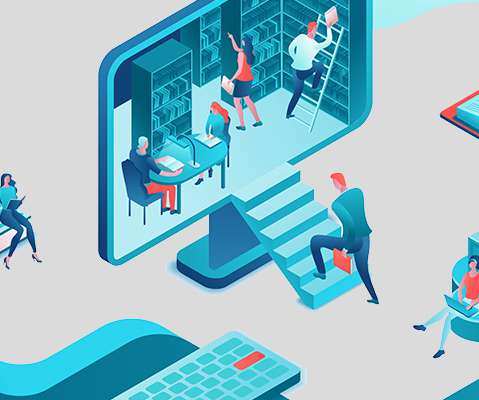Emerging Asynchronous Conversation Models
Tony Karrer
JUNE 22, 2011
I had an interesting conversation with Patrick Randolph from TalkWheel about different kinds of asynchronous conversation models that are emerging and how they might fit into broader eLearning Initiatives. There's obvious value in bringing the classroom collaboration dynamic to online learning.
























Let's personalize your content